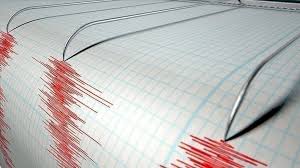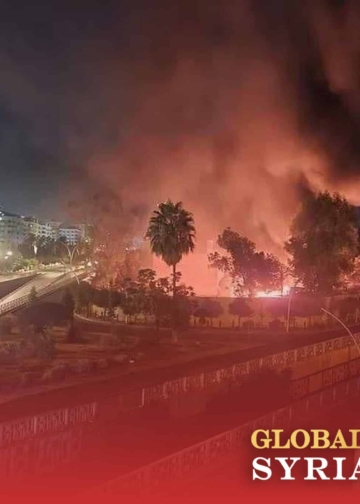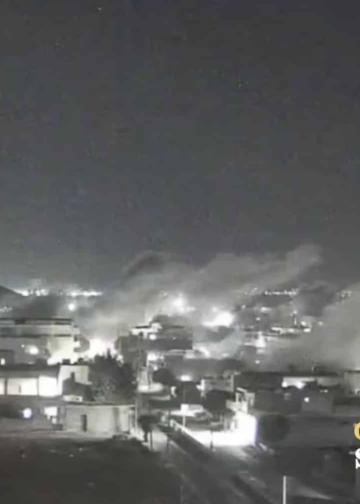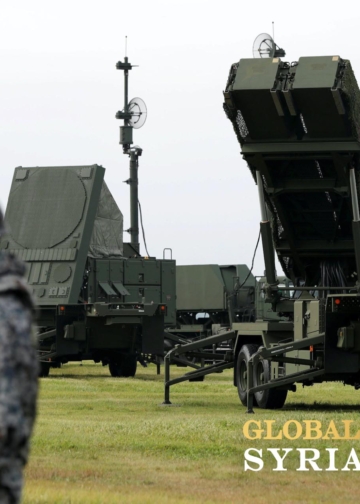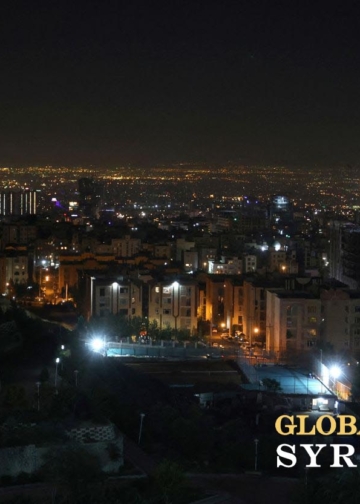Northwestern Syria was hit by an earthquake this afternoon, Sunday, which caused a state of terror and panic among civilians.
Most of the people went to the open areas and streets after the earthquake, fearing the fall of cracked walls from the previous earthquake.
The search and rescue teams of the Syrian Civil Defense deployed in the regions and inspected the places to respond to any emergency.
The teams secured the exit of students from schools for fear of the dangers of stampede and traffic accidents.
How many aftershocks followed the earthquake in Syria and Turkey?
The Turkish Disaster and Emergency Authority (AFAD) confirmed that tens of thousands of aftershocks had been recorded, following the earthquake in Syria and Turkey that struck the region on February 6.
And AFAD said in a statement yesterday, Saturday, that it recorded 33,77 aftershocks, from February 6 to May 6.
In its statement, the authority indicated that it monitors seismic activity in and around Turkey around the clock.
At the dawn of last February 6, a double earthquake struck northwestern Syria and southern Turkey, the first measuring 7.7 degrees and the second 7.6 degrees, killing more than fifty thousand people in both countries.
The Turkish Disaster and Emergency Authority, AFAD, estimated the intensity of the devastating earthquake at about 500 atomic bombs.
The authority also confirmed that the earth’s crust moved by 7.3 meters as a result of the earthquake, explaining that “the earth’s crust shook violently for two minutes during the two earthquakes. The depth of these two earthquakes ranged between 8.5 and 10 kilometers below the surface of the earth.”
It is worth noting that the Turkish Disaster and Emergency Authority indicated earlier that the aftershocks that the earthquake area is exposed to are normal and will continue for a year, and their strength will range between 4 and 5 degrees.



